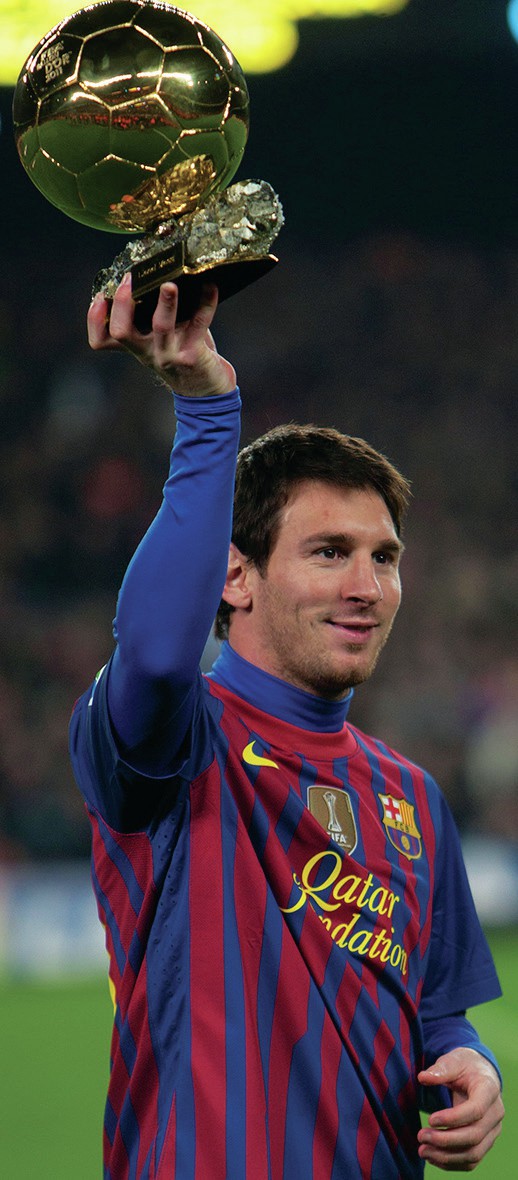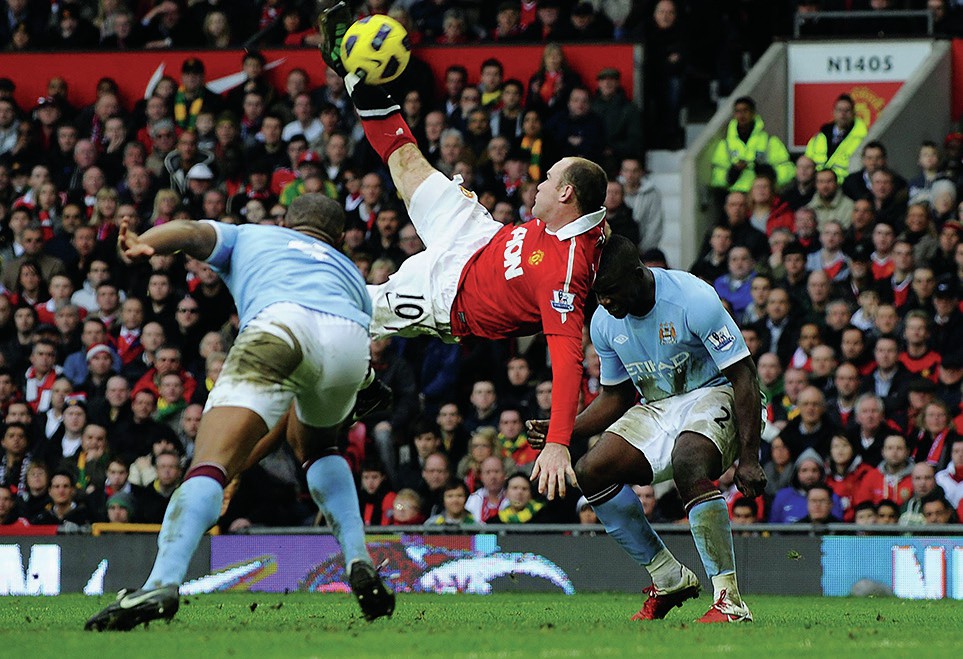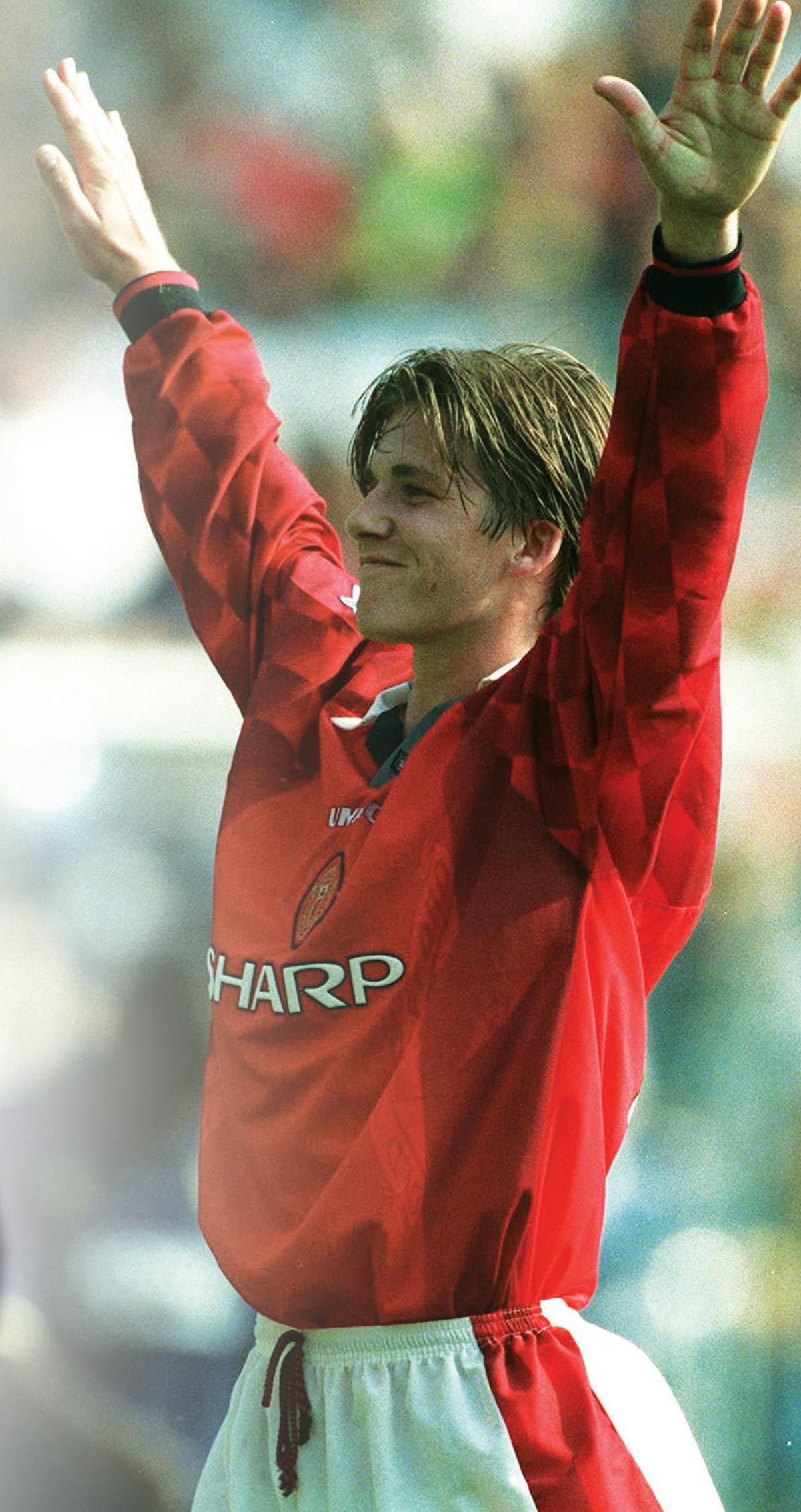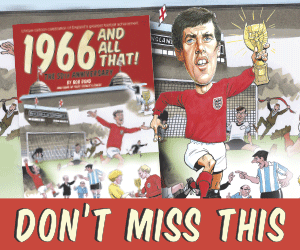JONNY BRICK EXPLAINS WHY FOOTBALL STATS SHOULD BRANCH OUT IN A DIFFERENT WAY…
LOOK, I don’t know if you like the proliferation of statistics in football coverage or not. Nor do I care if you know how to distinguish between xA and XR, although no activist has ever glued themselves to the road for the cause of football stats.
I had an idea that should help determine which teams and players are truly the best. It may sound like a John Nicholson pie-in-sky piece but read on to discover about Expected Joy, or xJ.
This is the metric that we should use in 2022 to define the true enjoyment of the game. Think of the most joyous player from any era, be they a playmaker or a goalkeeper.
I think they have a commonality in how they manage to make the sublime look ridiculously simple, whether threading a ‘Left-1’ chip through the eye of a needle or timing a tackle just right when the opponent has had a three-yard head start.
Let’s not limit expected joy to the scorers of goals, the Mo Salahs or Lionel Messis. Naturally, the reason people have their names on the back of football shirts is because they want to be associated with the player as much as the team they play for.
Wherever they illuminate, be it Rome or Paris, Barcelona or Liverpool, Salah and Messi both bring joy to those who watch them, and have a very high xJ.
Who would go for a full-back or central midfielder when they can go for the goalscorer? Well, what if you gain happiness from watching N’Golo Kante break up an attack by being in the right place at the right time, or applaud the quick thinking of Trent Alexander-Arnold to hurry a corner which leads to one of his club’s most famous goals? These are players who play with a smile on their face and make the endorphins rush.

When these players are injured or rested, the fan is glum as their replacement brings less joy.
You can calculate the xJ as an average of all previous matches which have been filled with joy.
In the 1950s, Stanley Matthews used to attract thousands of otherwise fair-weather supporters to watch him play, as when a circus comes to town.

Stan retired in 1965, a few years before George Best’s fame and notoriety brought fans to see him. I wonder how much the craze of kids asking for players’ boots or shirts is down to the joy that kids feel as they see the heroes they usually watch on TV in three dimensions.
xJ is a useful metric for comparing two line-ups. If Manchester United have a series of functional players who don’t provide many fireworks, as a team they may suffer in the xJ stakes. Perhaps it was bigger when Eric Cantona and Ryan Giggs were in the side, and maybe Jadon Sancho can soon remember his xJ numbers from Dortmund.
Erling Haaland, whose xJ is rivalled perhaps only by Robert Lewandowski in the Bundesliga, is missing out on the Premier League millions and Manchester City are short of a number nine.
Think of how their xJ could rise, especially with Kevin De Bruyne seemingly suffering from bringing too much joy and carrying too many injuries. Alf Inge, Erling’s famous dad, was not known for his xJ stats back in the 2000s.
The two most fouled players in English football in the last few years are Jack Grealish and Wilfried Zaha, who both have extraordinary xJ thanks to their silky ball skills and ability to lift the crowd by taking on men who hack them down in a cowardly fashion.
These players bring both joy and schadenfreude; maybe I should set up an xS stat for the victims of those who have good xJ!
It seems that inventing one metric just leads to another, like the Pass Allowed Per Defensive Action (PPDA) stat that covers pressing when a team is out of possession.
Here’s another: Unexpected Joy (un-xJ) can also be measured when something that is unlike- ly to happen actually happens. For years Steffen Freund would get the ball for Spurs 45 yards out and, having never scored for the team, would be met with cries of ‘Shoooot!!’ from the White Hart Lane crowd. The joy which would have resulted from him scoring would have taken the cockerel off its perch!
The joy escalates exponentially when, say, a full-back like Carlos Alberto suddenly appears to finish off a team goal in the 1970 World Cup final, or when Manchester United’s David Beckham chips Neil Sullivan from halfway in the first game of the 1996-97 season.
Or when United’s Wayne Rooney floated in the air and cracked home the goal of the season against Manchester City in 2010-11. All these approach 1 on the xJ scale. Data points beget data points but nobody needs to know (beyond for internal modelling by clubs themselves) how many passes people make or how many kilometres a midfielder runs.


Heat or touch maps are also available mainly for people to laugh at how ineffective a striker is or to outline the ruthlessness of a manager’s tactic in targeting a particular area of the pitch.
I feel that xJ offers a better set of data. How often does a player bamboozle an opponent with a Cruyff turn in the D? How often does a defender head the ball out satisfactorily in the last 15 minutes of a derby match? And, most of all, why does David Luiz enrapture as much as he enrages?
I wonder if the inconsistency of players like Luiz, whom I once saw pass a ball across his own goal-line as Unai Emery’s Arsenal attempted to play out from the back, makes the joy all the more brilliant.
Messi and Salah (and you can insert your own example) turn excellence into a routine occurrence, whereas Luiz’s golden moments are more surprising considering how often he does the football equivalent of Sideshow Bob stepping on a rake in that episode of The Simpsons.
Joy is what most people want in football. Not glory, although joy is a by-product of winning a cup final. Not schadenfreude, although people who made fun of Frank Lampard every time Chelsea didn’t win a game (and who knows maybe when Aston Villa don’t win under Steven Gerrard) will disagree.
Joy is what keeps people coming back to football, the potential to see Watford beat Manchester United, or the Crazy Gang beating the Culture Club, or Super Caley going ballistic against Celtic.
I know statistical analysis has crept into the mainstream, but knowing how many key attempts a team has had, and the sum of xG attempts, is no substitute for chortling when your number seven sends the defender the wrong way with a stepover.
I suppose what I’m really asking for is that football statistics takes the actual play into account, and not reduce football to binary stats and raw data.
Ironically, raw data is no substitute for raw skill and raw passion.



















